Remaking Silent Hill 2 is not like remaking a Resident Evil game. Resident Evil titles are big, fun, stupid rollercoasters of jump scares, ugly monsters, and a delight in the B-grade joy of zombie films. Silent Hill 2 meanwhile is thoughtful, introspective, and downright literary. The game is famous for being focused on psychological damage, extreme grief, guilt and every other horrible theme out there, and doing them all justice. It’s commonly held up as one of the great works of art – not entertainment, art – in video game history. Imagine something like this being written about Resident Evil in The Comparative Literature Undergraduate Journal:
Authored in 2001 by a collective of writers, developers, designers, artists, and musicians known as “Team Silent,” Silent Hill 2 makes use of its fictive spaces as a means to displace a character’s psychic trauma. The game follows the surreal, Orphic passage of protagonist James Sunderland through Silent Hill after receiving a letter from his supposedly dead wife Mary Sunderland, summoning him back to the town and driving his mind into a delirious state. The town thus becomes a vessel in which the psychologically disordered James can pour out his grief into. Consequently, Silent Hill provides monsters that reflect and respond to this agitated mental state, and James’ surroundings accommodate and intensify his unhinged desires and fears. This subjective experience of Silent Hill as a space to externalize human emotion calls to mind what literary critic John Ruskin calls the “pathetic fallacy,” a term in which “violent feelings… produce in us a falseness in all our impressions of external things” (Ruskin 160). Silent Hill 2 is a game fundamentally structured around the pathetic fallacy because James and other supporting characters experience Silent Hill in their own subjective ways; all of which are filtered through individual trauma and unreliable, psychologically imbalanced narration. Silent Hill’s shifting landscapes and grotesque monsters re-form with each individual perspective, and the game’s cast of characters reckons with their repressed memories via their relationship to the surrounding environment in a means resembling Ruskin’s pathetic fallacy.
I don’t cite this to criticise Resident Evil. I love the series. Like it, you also won’t likely won’t find academic analysis about Project Zero/Fatal Frame 2 or Clock Tower 3 either, and those are my personal favourite horror games of all time. I’m merely making the comparison between the remakes of these two iconic horror franchises to set the context up front that remaking Silent Hill 2 must have been an incredibly challenging task for an entirely different set of reasons, and the fact that Bloober Team actually pulled it off is somewhat incredible, given how polarising and inconsistent the company has been in the past.
Bloober Team’s first challenge was to resist touch, updating, or doing anything to the narrative. This might sound easy, but it’s really not. Silent Hill 2 needed to be longer to play than the original to be commercially viable. And that meant that the temptation must have been there to insert substantial new scenes and find ways to lengthen narrative beats. Bloober Team has somehow avoided none of it while still substantially lengthening the game’s run time. If you did a side-by-side comparison you’ll find subtle differences in the plot here and there, but only when absolutely essential. If your only memory of Silent Hill 2 was one play-through on launch or a few years ago, you’d be hard-pressed to guess at where the differences might be. Bloober Team’s only genuine contribution to the narrative was two additional endings, and without giving those away neither of which breaks with what is already right there in the game.
The performances and delivery of the narrative must have also been tempting to change, and that would have been a disaster as well. Video games back then were simply not performed as video games are today. Voice acting has changed. The fidelity of graphics allows developers to do much more nuance with character movement and interaction, and so on. But the original Silent Hill 2 was so incredible that working around the challenges of “old school” game development became part of the artistic aesthetic, and today people love it precisely for the way it is designed and delivered.
Bloober Team has been downright fastidious in maintaining every core element of the delivery of Silent Hill 2 in their work. The team has made the classic key scenes, dialogue, and voice performances work with their modern take, without it coming across as “cheesy” or flagging where there were technical weaknesses in the delivery of the classic. This is also true of the technical construction of the game’s world itself, too. The original Silent Hill 2 had a certain forced camera perspective, and made heavy use of fog to hide things like texture pop-in. With Silent Hill 2 Remake the developers shifted the camera to behind the shoulder, and had the full weight of modern development to render massive-sized worlds without pop-in if they so wished, but chose to double down on making that fog more dense and atmospheric. What I found particularly impressive is the new ways that they found to trick the eye and create the all-important moments of tension where there were things just out of sight, even as the player has complete control over the camera.
I know this all probably sounds straightforward and that, if anything, Bloober Team was being “lazy” in doing so little with the fundamentals of Silent Hill 2, but it’s not. Not on any level. Developers quite clearly feel the need to “modernise” classic games when they remake them. While doing so they always inevitably want to step in and use that modernisation to fix flaws (perceived or real, major or minor) in that original. The typical line used is that they want to “respect the classic, but bring it to a modern audience.” That’s exactly what Capcom did (and achieved) with all those Resident Evil remakes. It worked for them. Another good example is the Alone in the Dark remake. An exceptional game in its own right, and highly respectful of the pioneering original, but also a very, very different game. This approach simply wasn’t going to work for a remake of Silent Hill 2, and Bloober Team’s creatively brave decision to instead use all that modern technology to reemphasise what the original stood for, making their input more quality of life features than anything of substance, and it is truly impressive to see in motion.
Incredibly, though, the depth of thought that went into the remake didn’t stop there. Bloober Team may not have made changes but did ever so slightly tweak things – particularly with regards to the puzzles and some of the enemy encounters – in such a way that it didn’t fundamentally change the experience, but simply woke you up to the fact you were playing a new game. Those tiny, subtle changes just forced the players who knew everything about the original, having played it dozens (or I would wager hundreds, for some) to concentrate on the game again. Suddenly items were in slightly different positions. An extra step was needed to complete the puzzle. These changes are tiny and in no way compromise the creative vision of the game. But they seem to have been added in there purely to force the Silent Hill 2 veterans to switch off autopilot and really focus again on this game they love so much. That’s a gift. That’s Bloober Team giving them the opportunity to appreciate the depth and quality of Silent Hill 2 all over again.
The only moments of weakness are a smattering of new puzzles that have been included, which are there to artificially lengthen the amount of time you’re playing through puzzles. Conversely, the game does funnel you through the world with more blocked backtracking, a map that encourages you to continually refer to it, and signposting. The inability to get lost is a little to the detriment of the Silent Hill ethos, even if it’s understandable in preventing a longer game from becoming too long this time. But there really are so few of these efforts to massage the Silent Hill 2 experience that it doesn’t contradict anything I’ve written above about Bloober Team leaving the game functionally unchanged, and if anything their presence is a good reminder that in another universe Bloober Team did decide to do something transformative and are scoring 2/10s for it.
Finally, the combat, which was never a focus in Silent Hill 2, remains so here. It’s less outright frustrating because it does control better, but the protagonist, James, is still anything but a martial presence and the game is genuinely difficult. Is there a slight sense that there is a bit lost because you could argue that James flailing around in the original Silent Hill 2 was an extension of its broader themes and reflection on his psyche and personality? Sure. But I felt every bit as disempowered and uncomfortable with my ability to run into Pyramid Head and survive in the Remake as the original, so overall I think Bloober Team got this right too.
I realise that this entire review has been a comparison between the remake and the original Silent Hill 2, but that’s only because that’s exactly how the game was designed. This isn’t a Final Fantasy VII attempt to leverage narrative to subvert the original game, or a Resident Evil 2/3/4 Remake effort to fix all the stuff in those originals that had “aged poorly”.
We talk a lot about “love letters” to classic games when modern developers make pixel-perfect SNES-era JRPGs, or a developer like Digital Eclipse turns a collection of retro games into a museum-like experience (as in Atari 50). Those are indeed love letters in their own right. But I am now convinced that absolutely no one on the planet loves any video game more than the entire team at Bloober Team loves Silent Hill 2. The amount of analysis that must have gone into understanding every minute detail of the original, and then the loving devotion and commitment to capturing all of it to bring it into modernity unspoiled has made this a uniquely passion project. Boiled down, there’s almost none of Bloober Team that is actually in this game, and yet Bloober Team’s poured everything they had into it. That is nothing short of total reverence to a masterpiece.
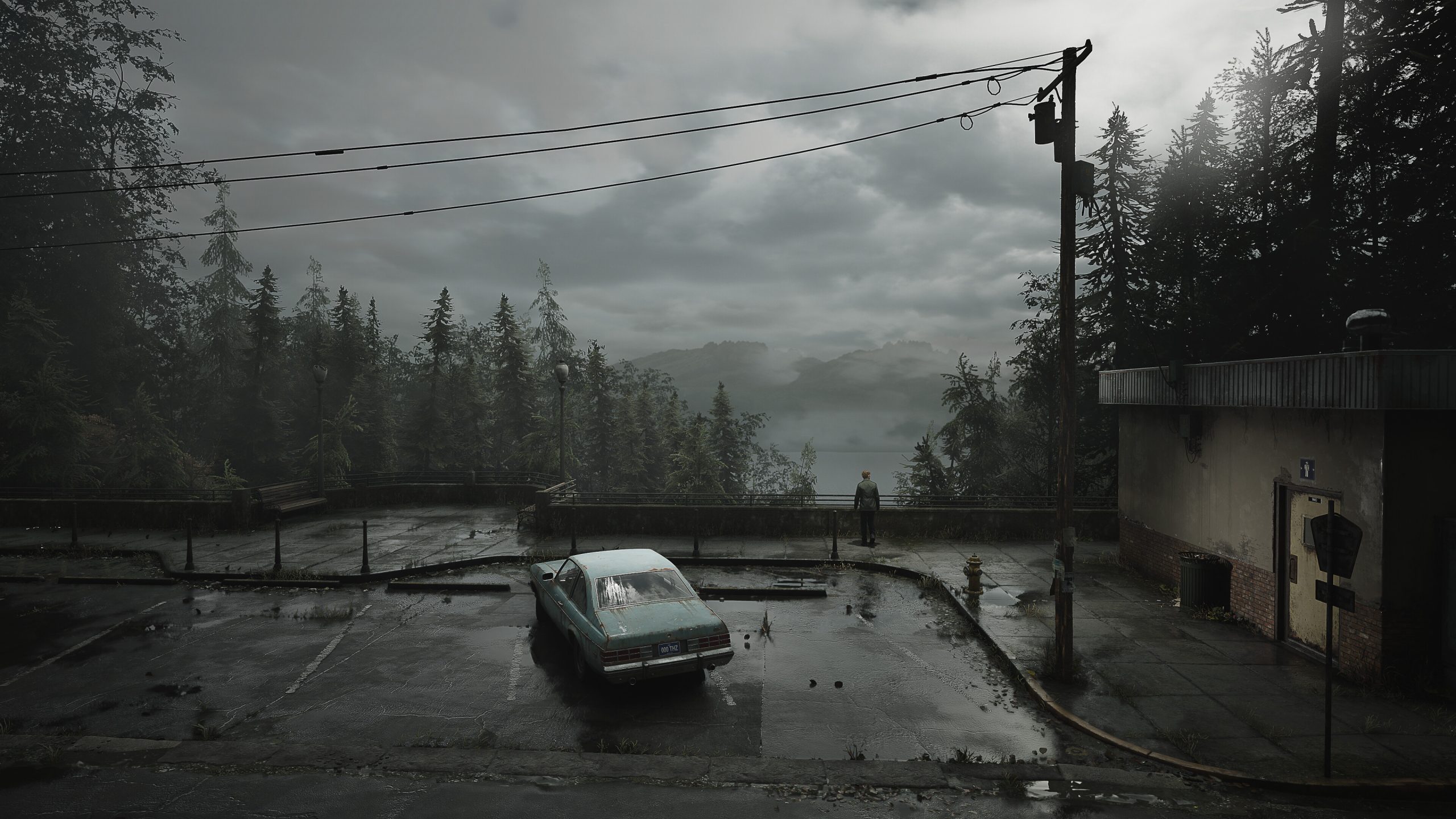

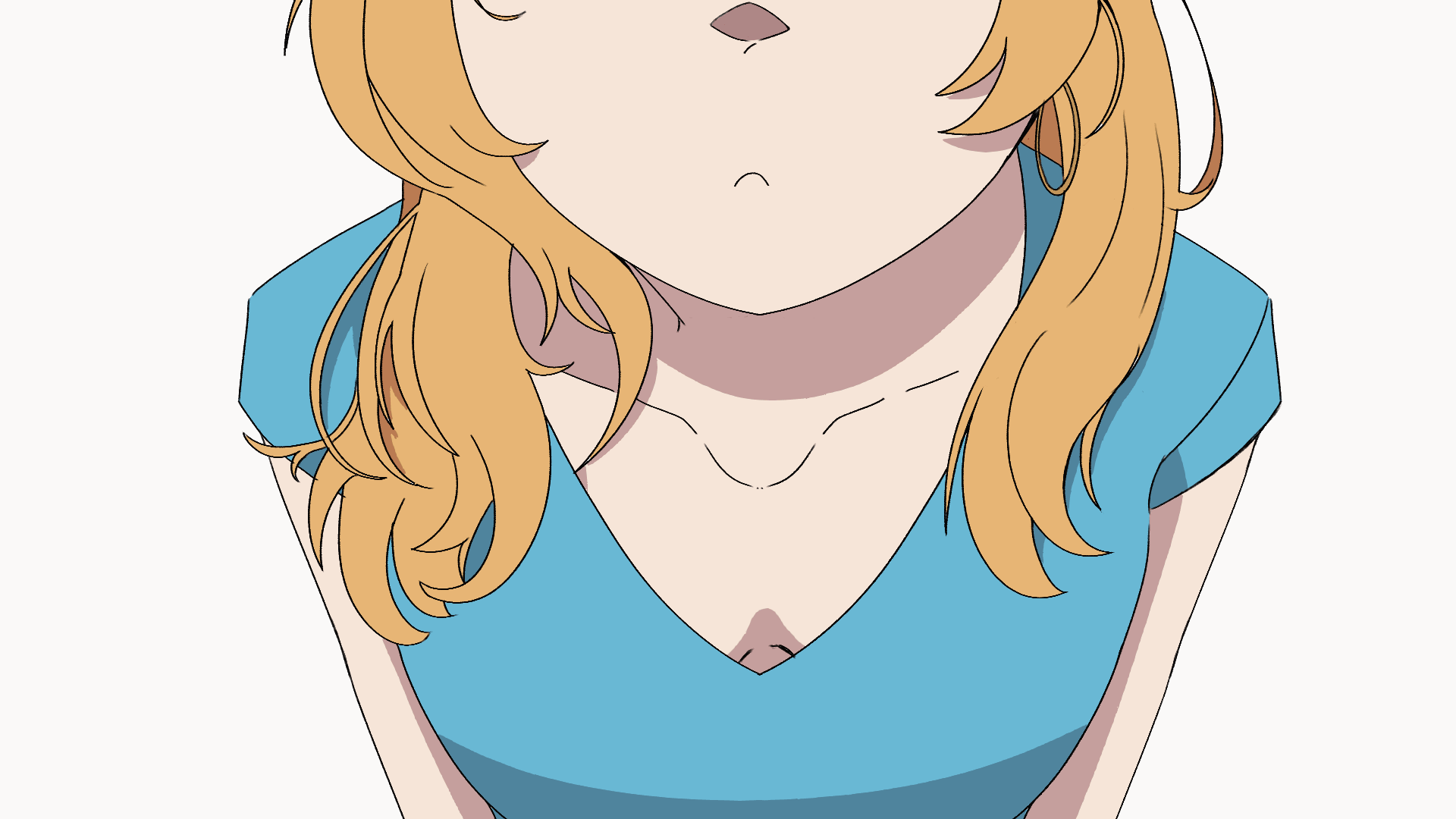
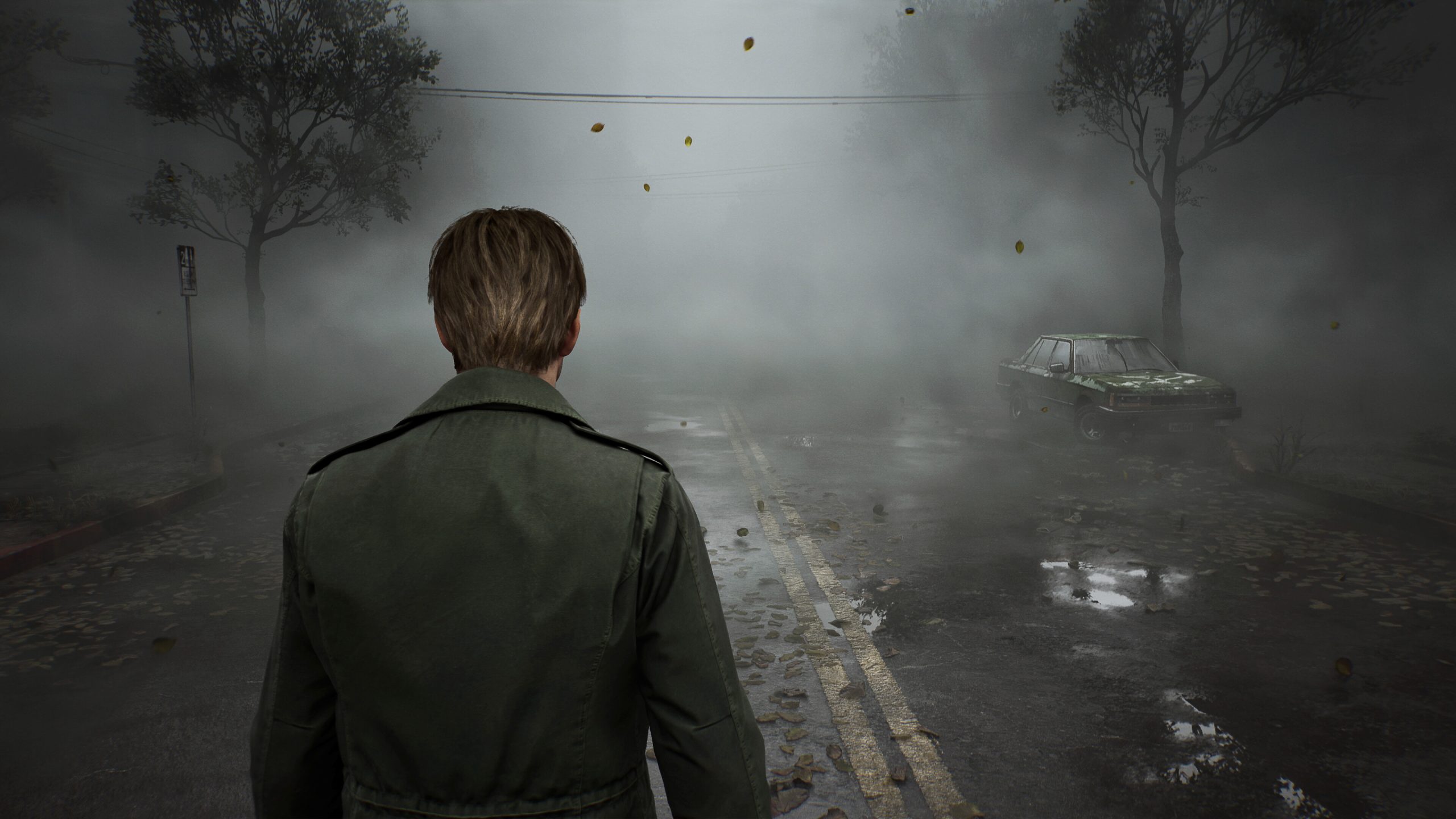
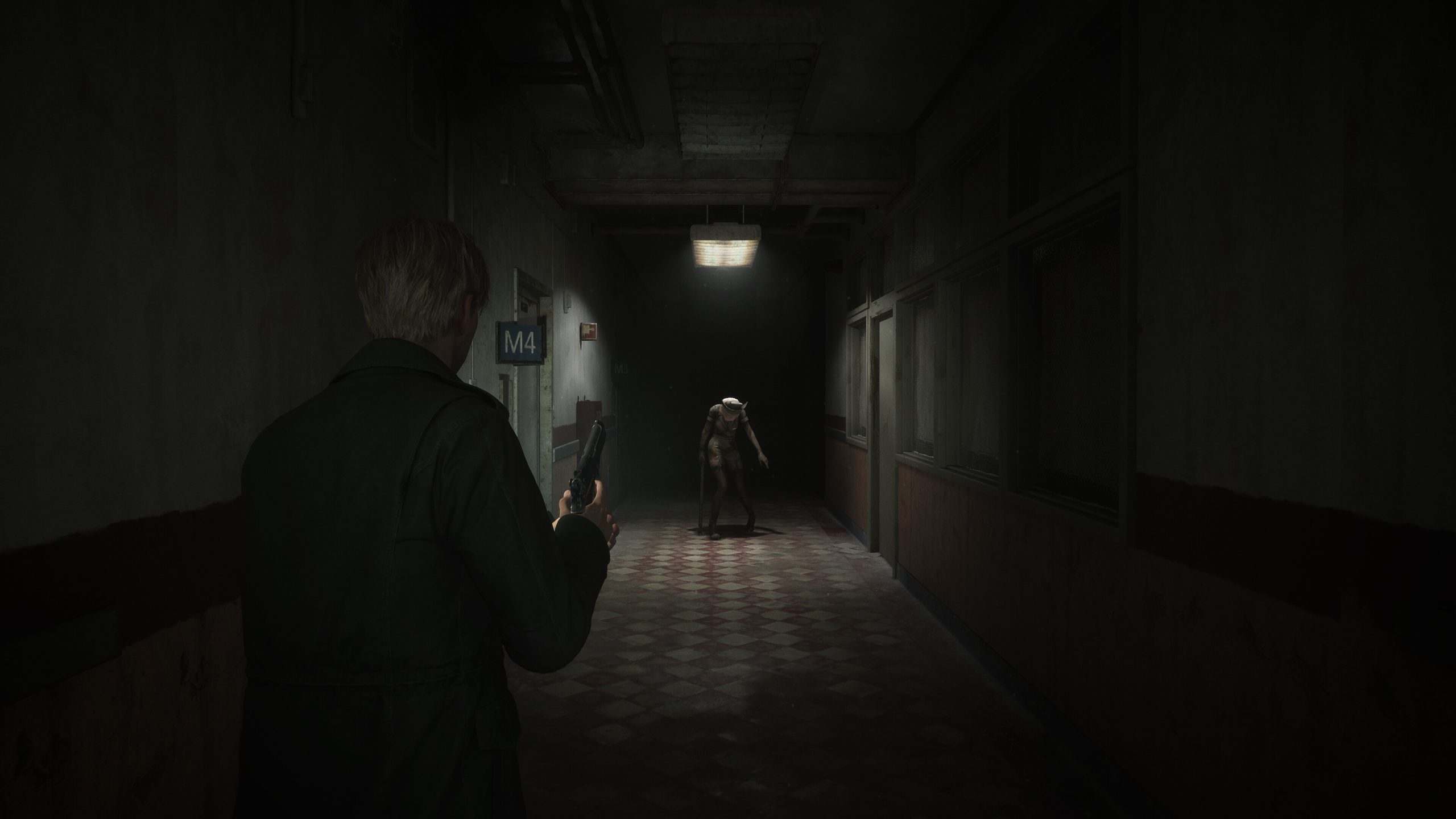

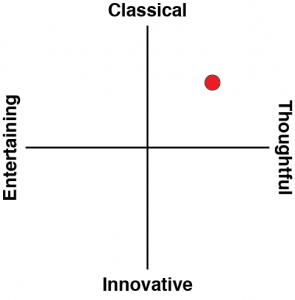

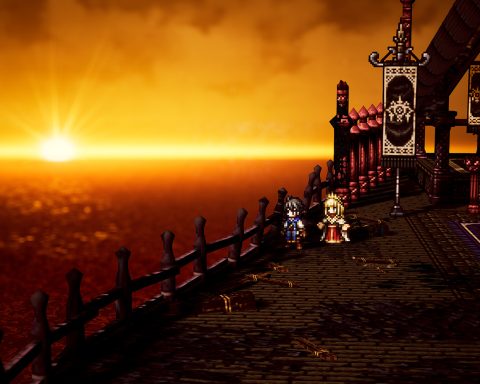
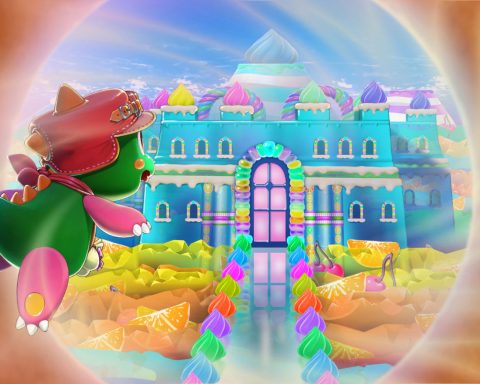
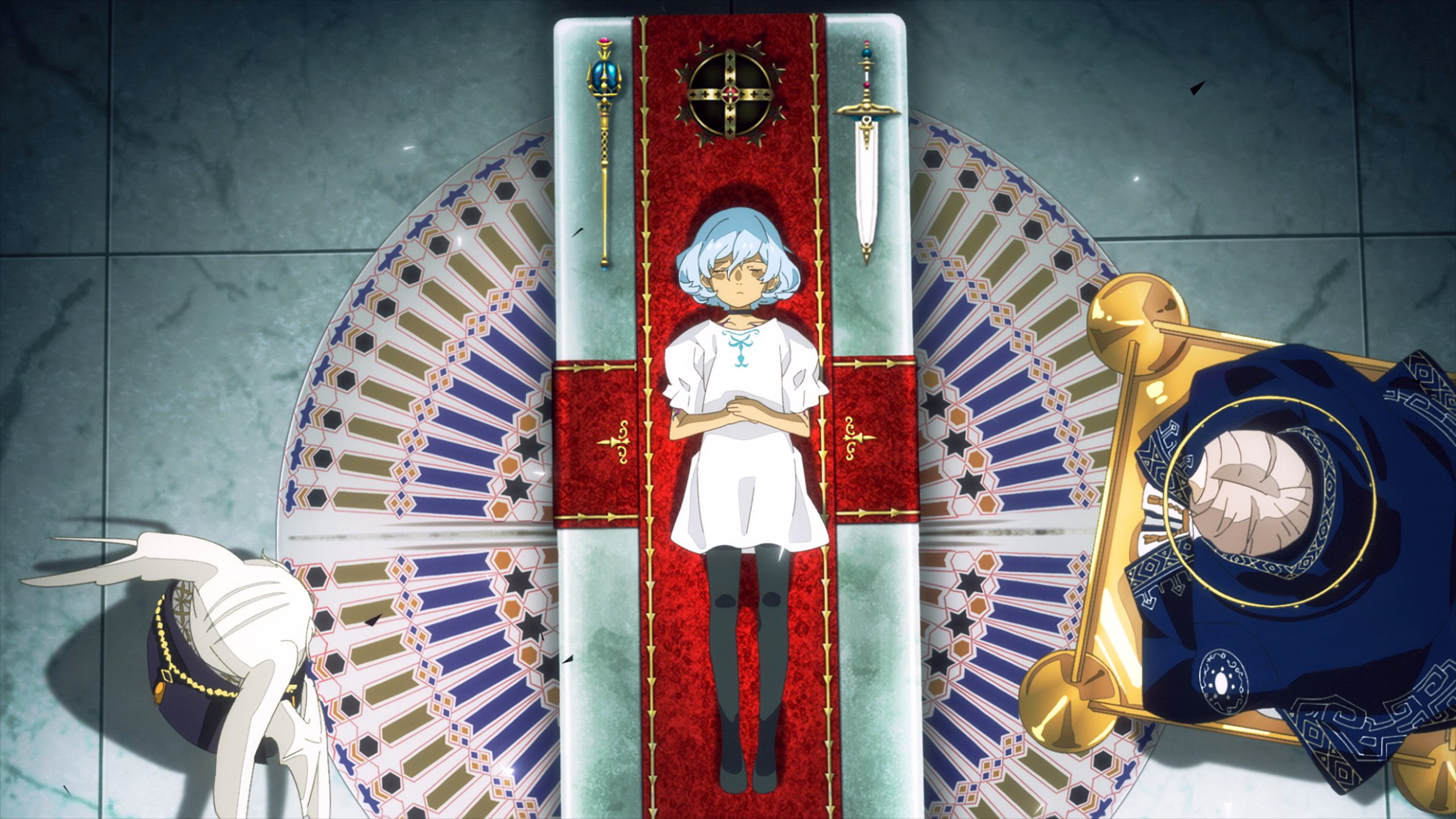
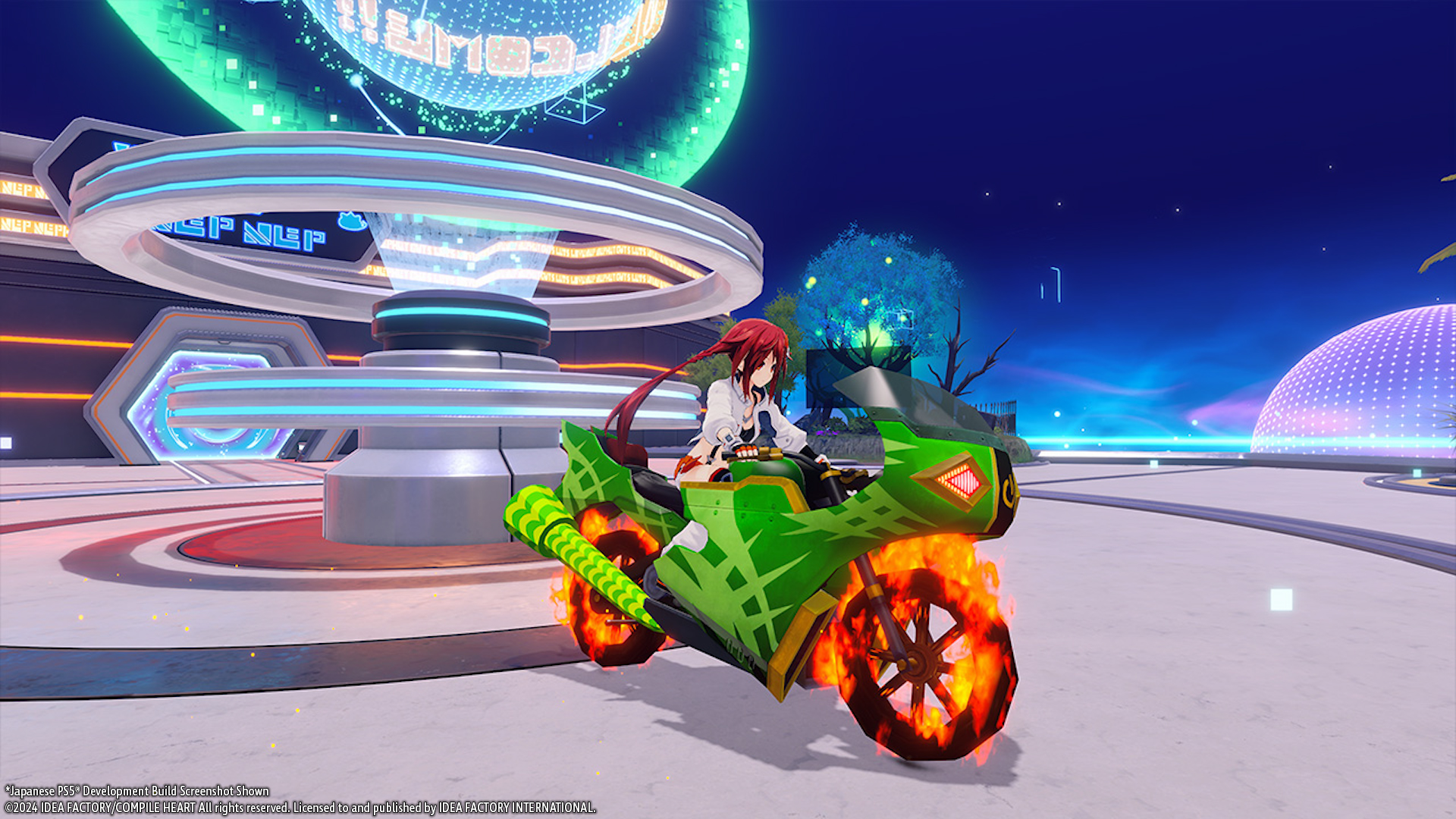




I was going to grab this anyway, I think, but I was waiting to see what you thought of it before deciding whether to pull the trigger now or a bit later. I’m so glad they seemingly nailed it.